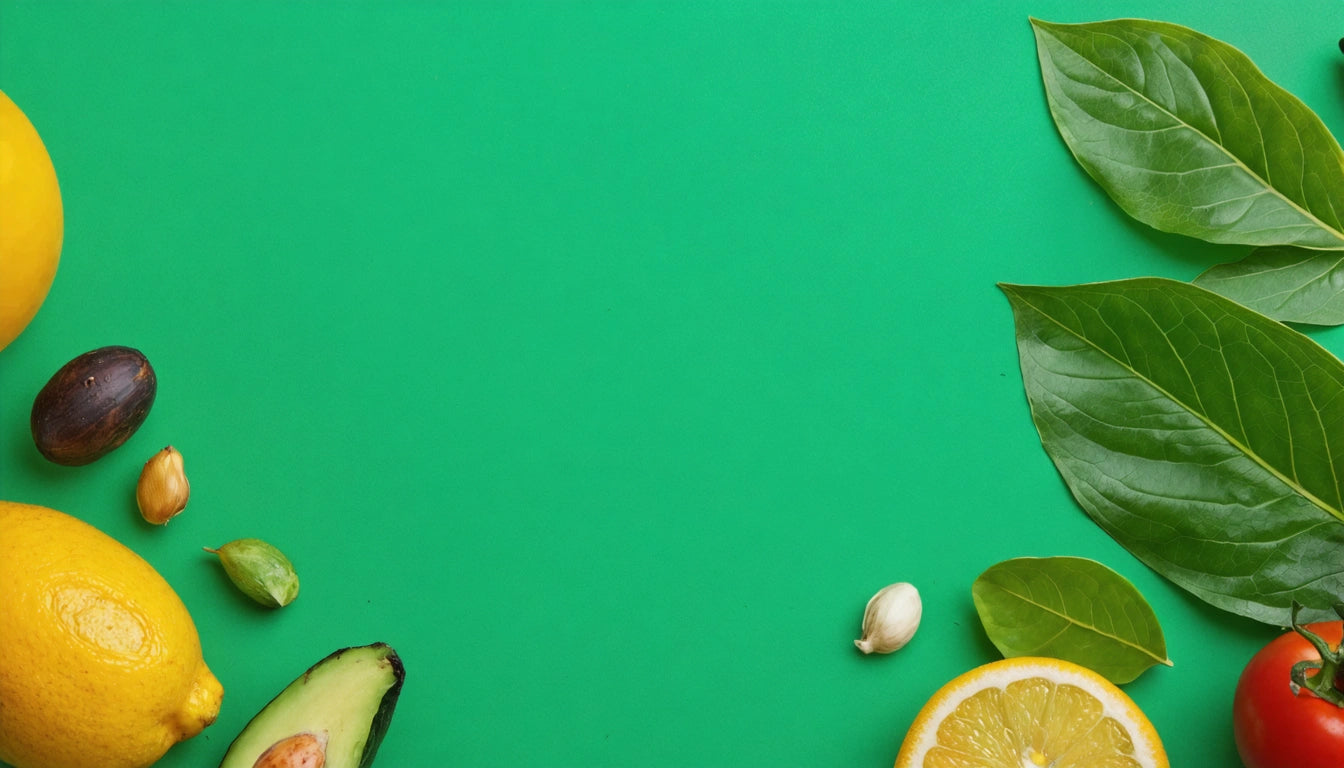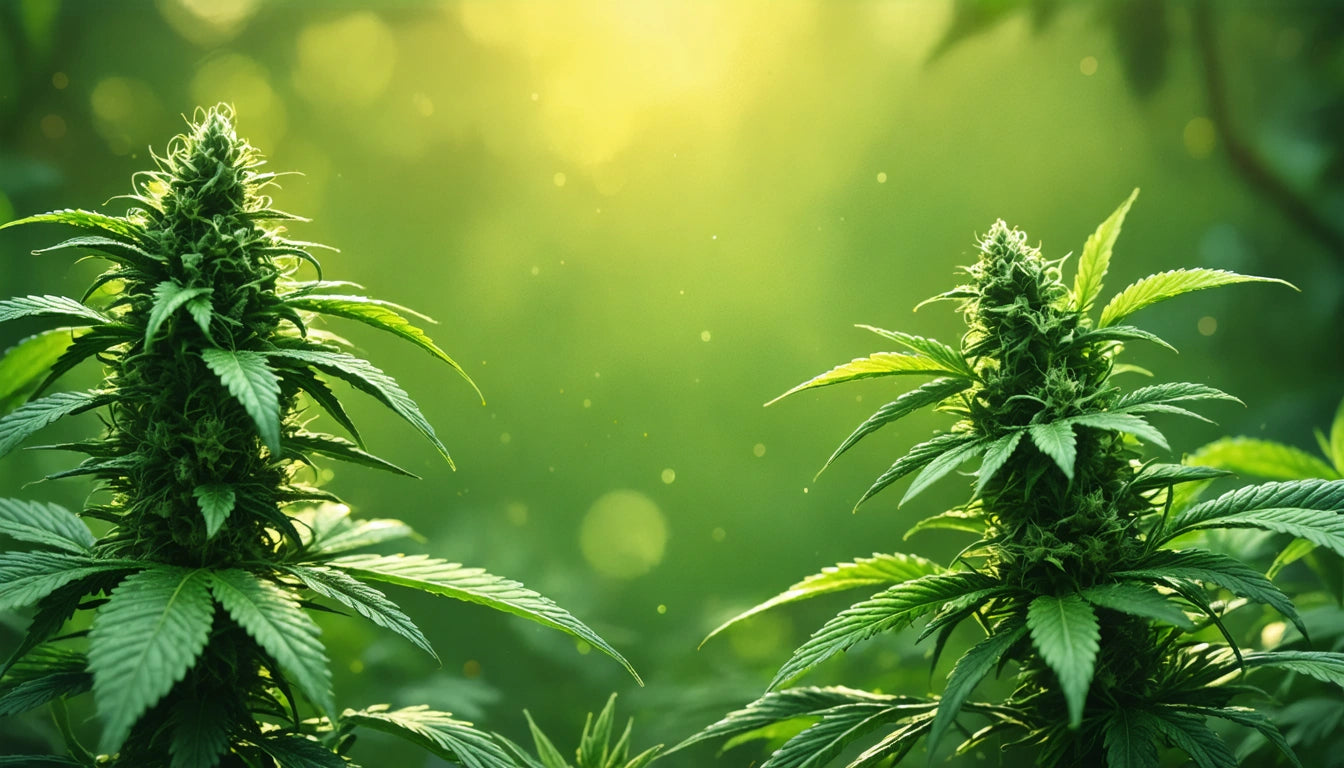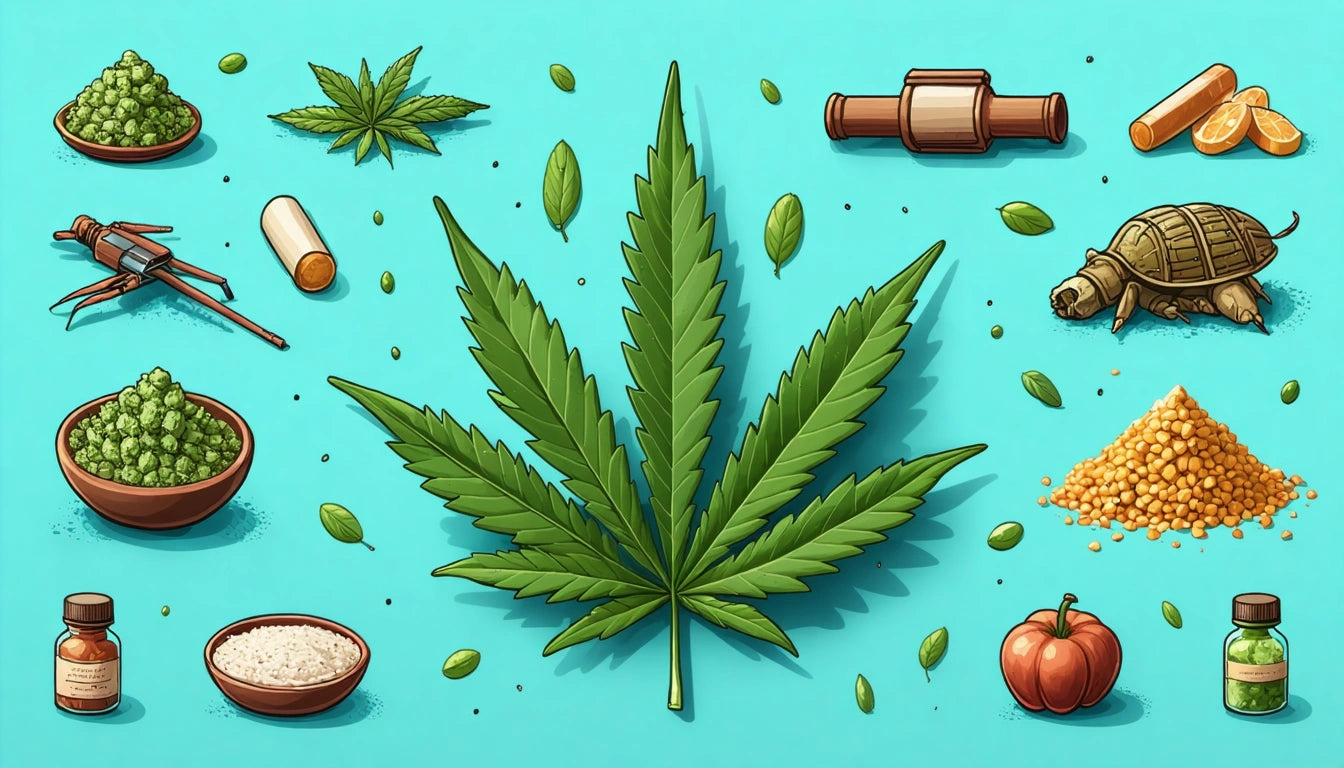Table of Contents
Packaging's Role in Reducing Food Waste
Food waste represents one of the most pressing environmental and economic challenges facing our global food system. Nearly one-third of all food produced worldwide is wasted, contributing to greenhouse gas emissions and squandering valuable resources. Effective packaging plays a crucial role in combating this issue by preserving freshness, extending shelf life, and helping consumers use products efficiently.
Understanding Food Waste: Scale and Impact
The scale of food waste is staggering. In the United States alone, approximately 30-40% of the food supply becomes waste. This represents not only lost nutrition but also wasted water, energy, land, and labor used in production. Packaging, often criticized for environmental impact, actually serves as a primary defense against this larger problem.
Food waste occurs at every stage of the supply chain, from farm to table. However, consumer-level waste represents a significant portion, with improper storage and confusion about expiration dates being major contributors. Strategic packaging addresses these issues directly.
Packaging Innovations That Extend Shelf Life
Modern packaging technologies have revolutionized food preservation. As explored in this overview of food industry packaging innovations, several developments stand out:
Modified Atmosphere Packaging (MAP)
MAP technology adjusts the gas composition inside packaging to slow spoilage. By reducing oxygen and increasing carbon dioxide or nitrogen, MAP creates an environment that inhibits bacterial growth and oxidation, particularly effective for fresh produce and meats.
Active Packaging
These solutions incorporate elements that actively interact with food contents. Examples include oxygen scavengers, moisture controllers, and ethylene absorbers that remove the ripening hormone from fruits and vegetables.
Intelligent Packaging
Smart packaging features indicators that monitor food quality, freshness, and temperature history. Time-temperature indicators change color when products have been exposed to inappropriate temperatures, while freshness indicators respond to metabolites produced during food spoilage.
Sustainable Materials for Food Preservation
The intersection of sustainability and preservation presents both challenges and opportunities. Sustainable food packaging solutions now include:
- Bioplastics derived from corn, sugarcane, or algae
- Compostable films that provide barrier properties while biodegrading after use
- Plant-based coatings that replace plastic films on paperboard
- Recycled content packaging with food-grade certification
While exploring sustainable options for various industries, we've seen similar innovations applied to specialized products. For example, our specialized packaging options for pre-rolled products demonstrate how custom solutions can be tailored to specific preservation needs while considering environmental impact.
Portion Control and Consumer Behavior
Packaging design influences how consumers use products. Resealable features, portion-controlled sizes, and clear storage instructions all contribute to reduced household waste. For small businesses particularly, custom packaging solutions can be designed with portion control in mind.
Studies show that households waste less food when products come in appropriate sizes with proper storage capabilities. Single-serve packaging, while using more materials per ounce of product, can reduce overall waste by ensuring consumers use everything they purchase.
Cost-Effective Solutions for Businesses
Implementing waste-reducing packaging doesn't necessarily mean increased costs. As detailed in this guide to budget-friendly food packaging, businesses can:
Optimize Material Usage
Right-sizing packaging to the product eliminates excess material while providing adequate protection. This reduces both packaging waste and transportation costs.
Choose Multi-Functional Designs
Packaging that serves multiple purposes, such as containers that transition from shipping to display to storage, provides added value throughout the product lifecycle.
Implement Clear Communication
Clear storage instructions,











Leave a comment
All comments are moderated before being published.
This site is protected by hCaptcha and the hCaptcha Privacy Policy and Terms of Service apply.